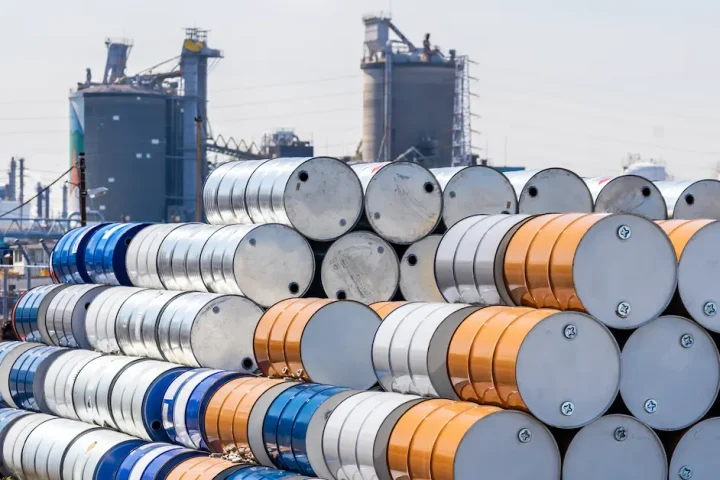.
Marcuard's Market update by GaveKal Dragonomics
As the Greek crisis apparently reaches its climax it is odd that the default response is to seek refuge in “safe” German assets. If, as appears quite likely, the flawed euro-system really is heading into the next phase of its denouement, then German assets are the soft underbelly of the system, and they are likely to suffer most. Here is why:
Fixing the exchange rate inside Europe was an “original sin” as countries with different productivity levels cannot coexist in an inflexible exchange rate system. Moreover, fixing interest rates at the average level for the eurozone meant that they were too low for Germany, and too high for the rest. As a result, we have had no real market prices in euroland for about 15 years. The effect has been to subsidise entrepreneurs in Germany, while those in the likes of Italy, France and Spain have been destroyed.
The obvious point is that Europe’s crisis is at root a balance of payments problem. Since the euro’s inception, Germany has run a cumulative trade surplus versus eurozone nations of about EUR 1 trln. It is axiomatic that within the eurozone the sum of the current accounts and capital accounts must equal zero. This implies that the German financial system, since 2000, has accumulated EUR 1 trln of paper issued by eurozone nations (less investments made by German firms in other single currency member nations and debt repayments made by German institutions).
Hence, German banks, pension funds and insurance firms are probably carrying assets from the non-competitive eurozone countries of EUR 800 bln-1 trln. If the eurozone were to fail, this would cost Germany Inc perhaps EUR 500 bln; enough to wipe out the capital of its banking system (about EUR 350 bln the last time we looked). Hence, if Greece were to get a 50% haircut on its debt, the next question would be what about Italy, Spain and Portugal—one understands why Angela Merkel is fighting to have the Greek loans repaid.
During the “good old days” of flexible exchange rates in Europe, when one economy sold “too much” to another economy, companies in the surplus nation tended to accumulate the deficit nation’s currency. If German firms had pocketed lots of French francs, they could: (i) reinvest in France, (ii) buy their French competitors, (iii) hold francs and earn higher interest rates, or (iv) repatriate funds into deutschemarks. The effect of these money flows and price adjustments was a self-regulating system. In the extreme case, the central bank of a deficit country could devalue its currency, which had the effect of quickly reining in German surpluses.
The monetary adjustment mechanism in the euozone is trickier as it takes place through the European Central Bank’s clearing system and shows up with those infamous Target 2 balances. The Bundesbank presently has an approximate EUR 530 bln credit with the ECB, against which an equivalent sum of money has been printed. The corollary is that any systemic problem in the payment chain would result in an abrupt and sudden collapse in Germany’s money supply. Of course, on the other side of those Target 2 balances are Europe’s weak links, led by Italy and Spain with debit entries of about EUR 200 bln each, and Greece with around 100 bln.
We fail to see why the potential unwinding of this unstable system should cause its principle guarantor to be seen as a safe haven. There is a real risk that in a little more than a blink of an eye Germany moves from having a glut of liquidity to experiencing a huge collapse in liquidity. If Greece does indeed do the sensible thing and leaves the euro, then the next ones to go will likely be the Italians, and at that point all bets are off. Given that this is the path we seem to be winding down, we would advise selling Germany.







